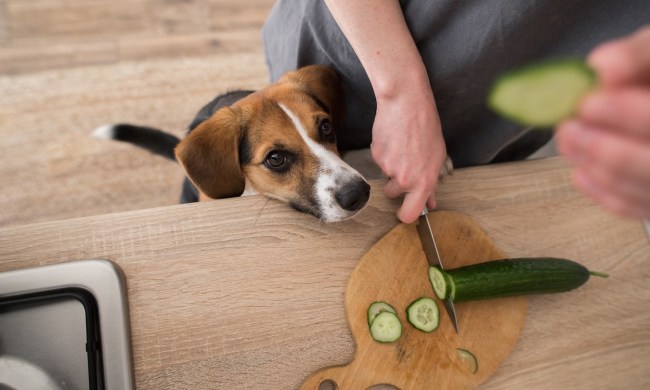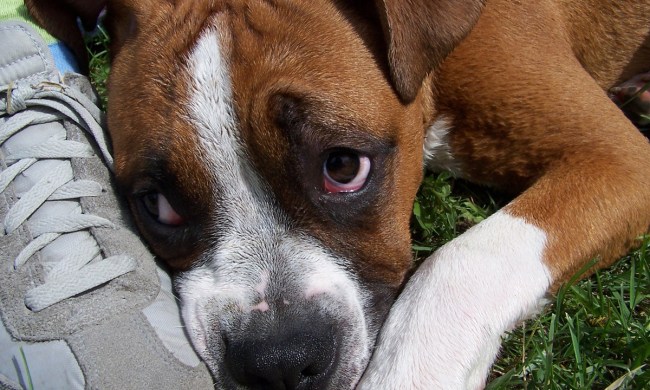You’ve probably seen posts and heard thrilling tales of people having exciting adventures with their huskies, shepherds, or collies in the wilderness. But an outdoor trek doesn’t have to be only for big breeds. Many little dogs will enjoy the exercise and bonding time of a small hike, too. Although it seems like an impossibility, if you’re really prepared, you can have a great outing with your little pup and ensure he’s having a blast as well. Follow these steps to create a safe (and fun) adventure on your dog hike.
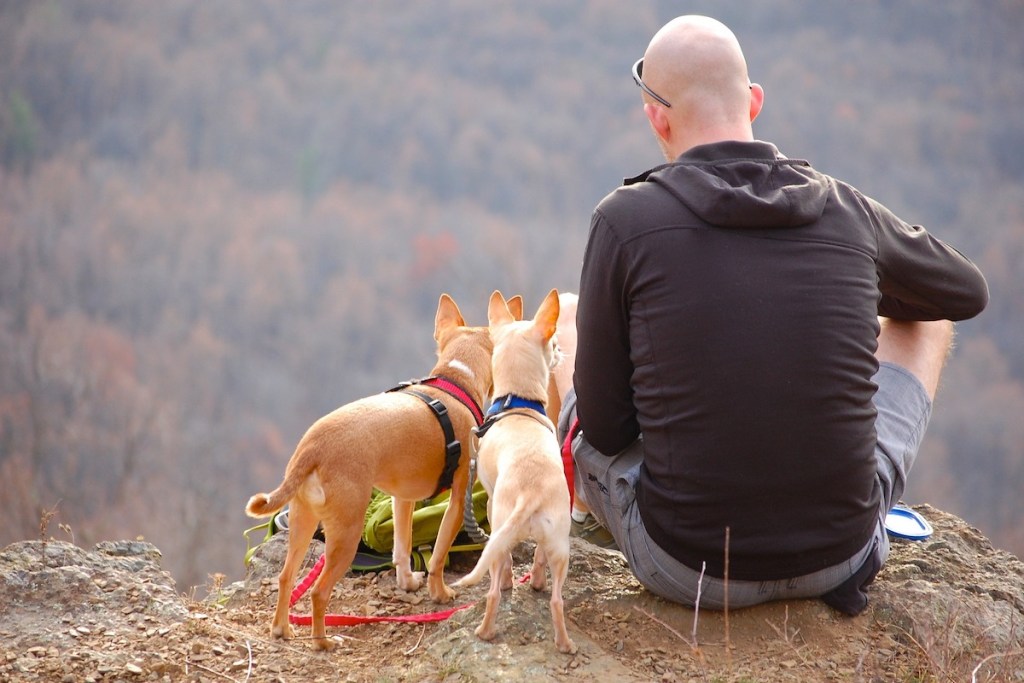
Check in with your vet
It’s important to make sure your dog is up to a hike first. Your vet will be a good initial step in confirming that he’s ready for the excursion. Ask specific questions about his health, like if his heart seems good to go. You’ll also want your vet to clip his nails and examine his paws carefully in preparation. (Can’t have those tiny toes getting snagged while he’s out in the wild!)
Build up his stamina
Start with taking him on slightly longer-than-usual walks before making a big trek. No matter what size dog you’re working with, he needs to slowly get ready for the trip. One way to do this is to begin by taking him on 150% of your usual route, then doubling it — you get the idea. While you’re at it, try to explore new territory so he’s used to unfamiliar paths.
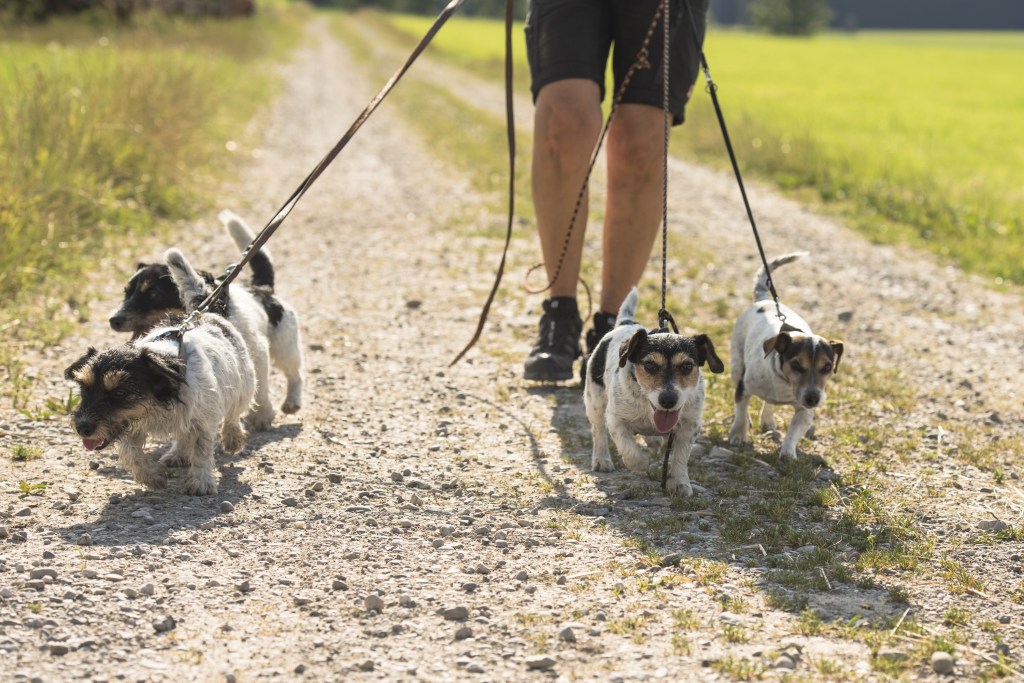
Choose a good trail
Terrain is just as important as distance. Many small dogs have sensitive paws, so avoid trails made of gravel, which will hurt his little feet. You also probably need to stick to a flatter grade, at least at first, since steeper journeys will require more endurance from both of you. Save that until you’re both pros. Lastly, make sure your small pup won’t run into any off-leash, large, aggressive dogs on your outing. Stick to calmer, out-of-the-way trails or those that require dogs to be tethered.
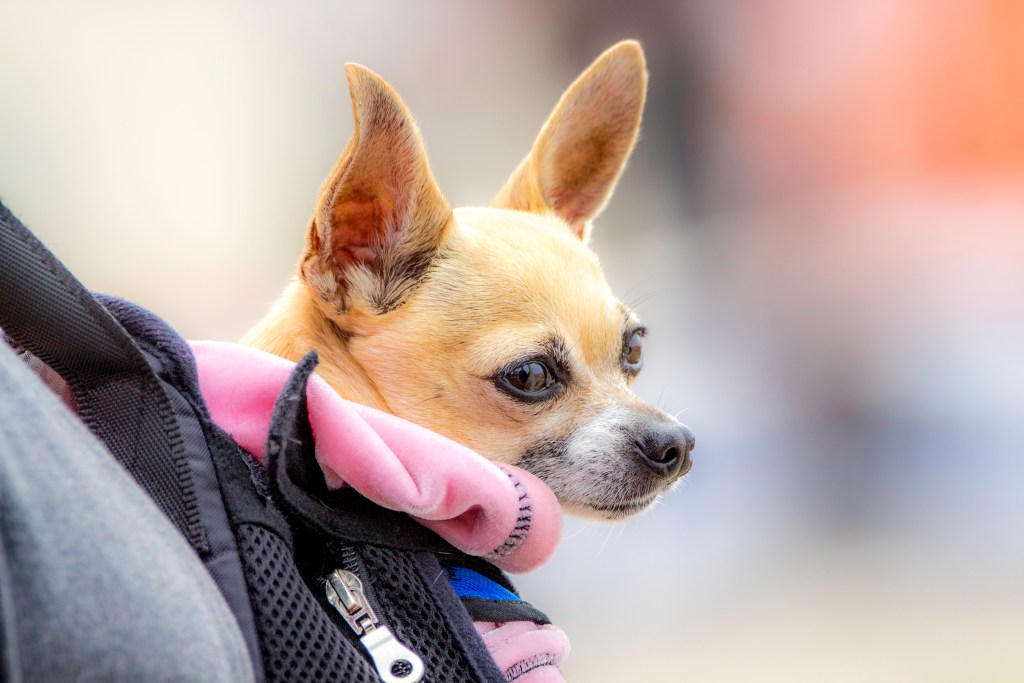
Get the right gear
You’ll need proper leashes, water bowls, and snacks for your excursions. We recommend bringing along some extra equipment in case he tuckers out while you’re halfway down the trail. Many dog packs will allow you to carry him if he tires before the end of your adventure, and these can be used to store his food as well. Try one that won’t be too much of a burden on you while keeping him comfortable for the trip. Also, though running around will certainly warm him up, if you’re striking out in cooler weather, be sure to bring his sweater and booties along.
Bring games and toys
Big dogs just like to run, but your little one might need other activities to keep him entertained. Lots of pooches enjoy carrying around a ball or toy, and you can also bring other things to play with, like chewing rope or plushies. Stick with lightweight items, and don’t be afraid to grab a nearby stick for an impromptu game of fetch.
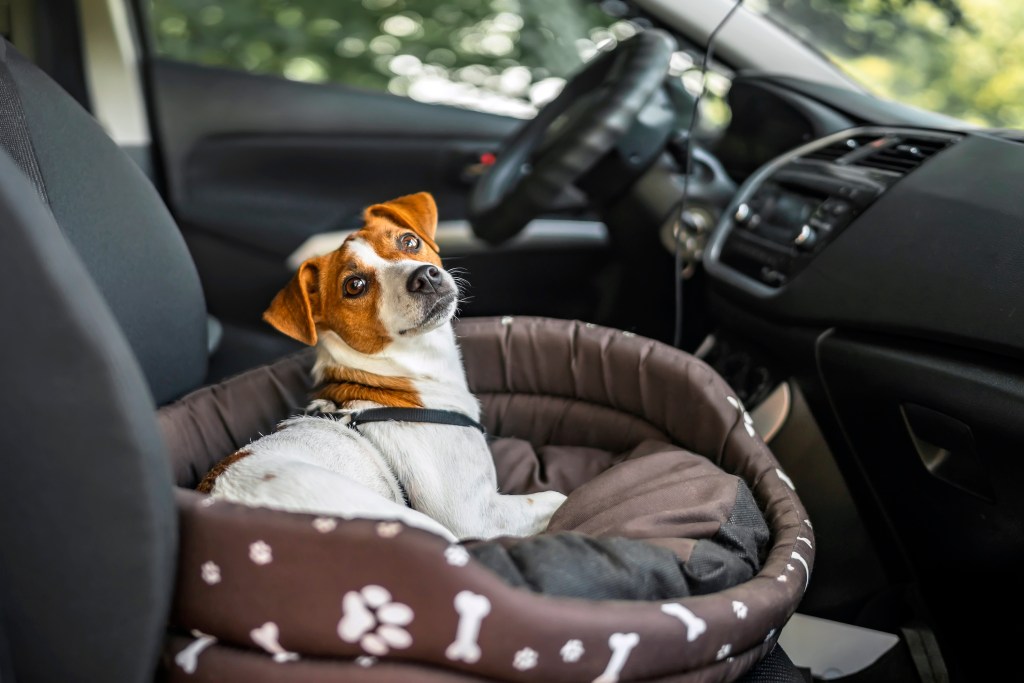
Have his bed ready
Your pup will be pooped after his stroll. Get a comfy dog bed for the drive home, so he can happily collapse into his favorite spot after his hard day at work. We guarantee he’ll be sleeping by the time you both get home. Feel free to join him in that nap upon your return.
With a few easy steps, your dachshund, Chihuahua, Pomsky, or Yorkie will be thrilled to join you for an outing. Remember to take lots of cute pics — you’ll need them to prove that your pet made it to the finish line. Of course, any time you take your dog out on a demanding adventure, you’ll have to monitor him and make sure he’s doing okay. While some panting is inevitable, you want to look for signs of overheating or exhaustion. Also, give him a quick pat-down to check for any scrapes, burrs, or unwelcome bugs when you’re done. Surely your little guy will be begging for more hikes in no time.


